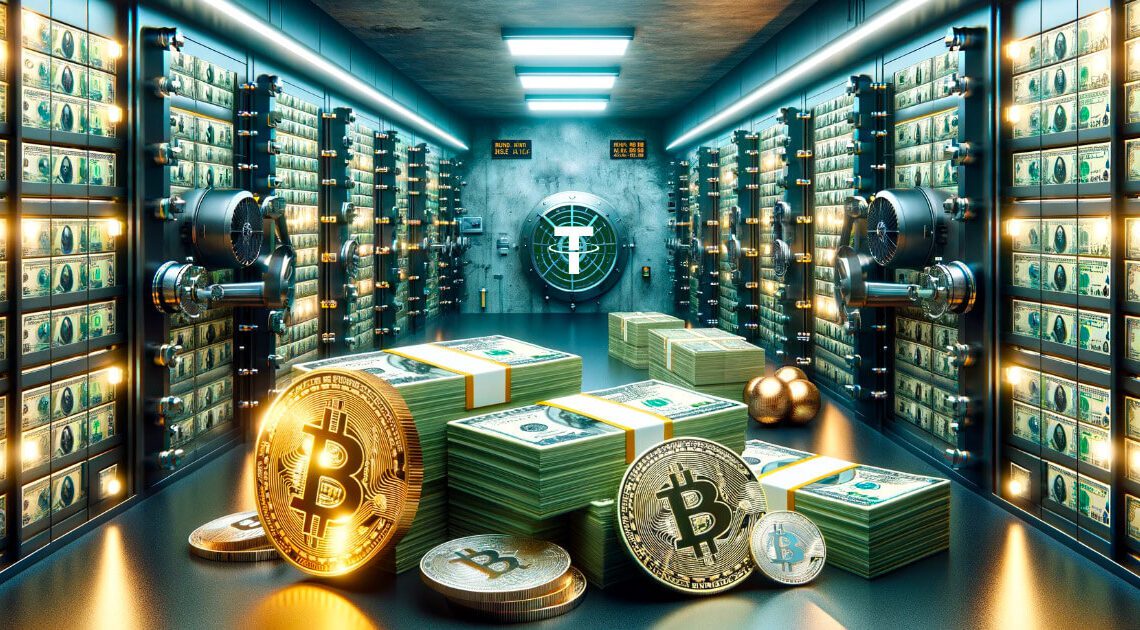Cantor Fitzgerald CEO Howard Lutnick told reporters that USDT issuer Tether does, in fact, have the billions of dollars it needs to meet the 1 to 1 reserve requirements for its stablecoin.
Lutnick made the confirmation during an interview with Bloomberg at the World Economic Forum in Davos on Jan. 16. His statement comes as a substantial reassurance amidst long-standing doubts over the actual backing of Tether’s USDT.
Tether is the largest stablecoin by market capitalization and controls more than 70% of the market, according to CryptoSlate’s data.
Reserves are real
Tether, a central figure in the cryptocurrency arena, reported assets amounting to approximately $86 billion at the end of June, intended to back around $83 billion of its USDT stablecoin.
Lutnick said the numbers are genuine to address the skepticism surrounding the stablecoin’s reserves. He added:
“There has always been a lot of talk ‘Do they have it or not?’ and I’m here with you guys and I’m telling you we’ve seen it and they have it.”
He added that Canor Fitzgerald had affirmed the presence of the reserves after a thorough examination. The firm, which serves as a custodian for Tether’s assets, has played a pivotal role in managing a substantial portion of these holdings.
Speculation and response
Lutnick’s confirmation is particularly noteworthy considering Tether’s turbulent history. The stablecoin issuer has been at the center of speculation and regulatory scrutiny, with concerns over whether equivalent reserves genuinely backed its USDT.
The lack of transparency in the past has led to various legal challenges and fines, further fueling doubts about the company’s claims. Stablecoins like USDT are vital in the crypto market. They provide a less volatile alternative to cryptocurrencies like Bitcoin and Ethereum, offering a “stable” asset linked to traditional currencies.
Ensuring that actual reserves fully back these coins is essential for maintaining trust and stability in the broader crypto market. Tether has implemented several measures to increase transparency and trust over the past years to assuage many of the concerns raised by the industry.
These include providing regular attestations by independent auditors to verify reserve holdings, disclosing the composition of its reserves beyond just U.S. dollars to include assets like commercial paper and secured loans, and reducing holdings in riskier assets such as commercial paper in favor of more liquid options…
Click Here to Read the Full Original Article at Stablecoins News | CryptoSlate…
























